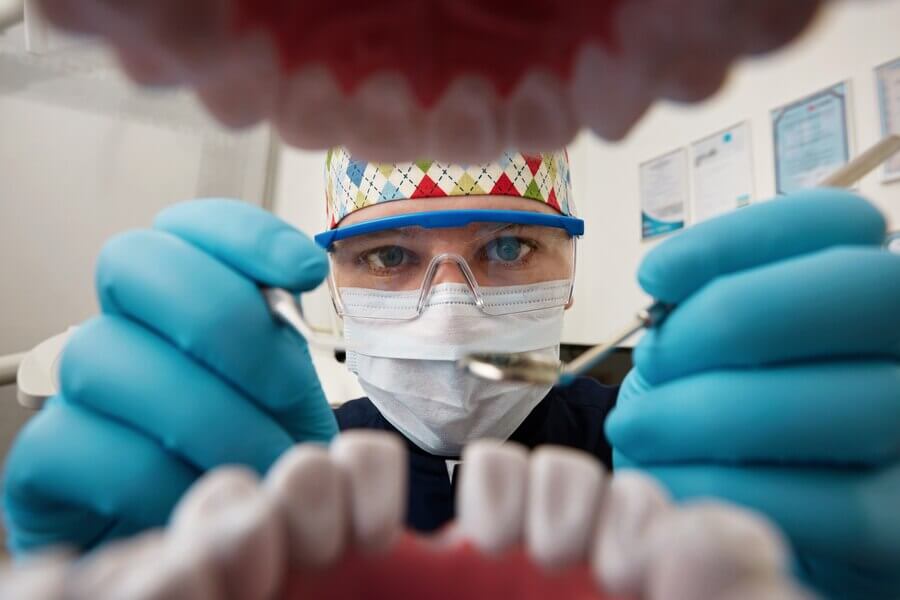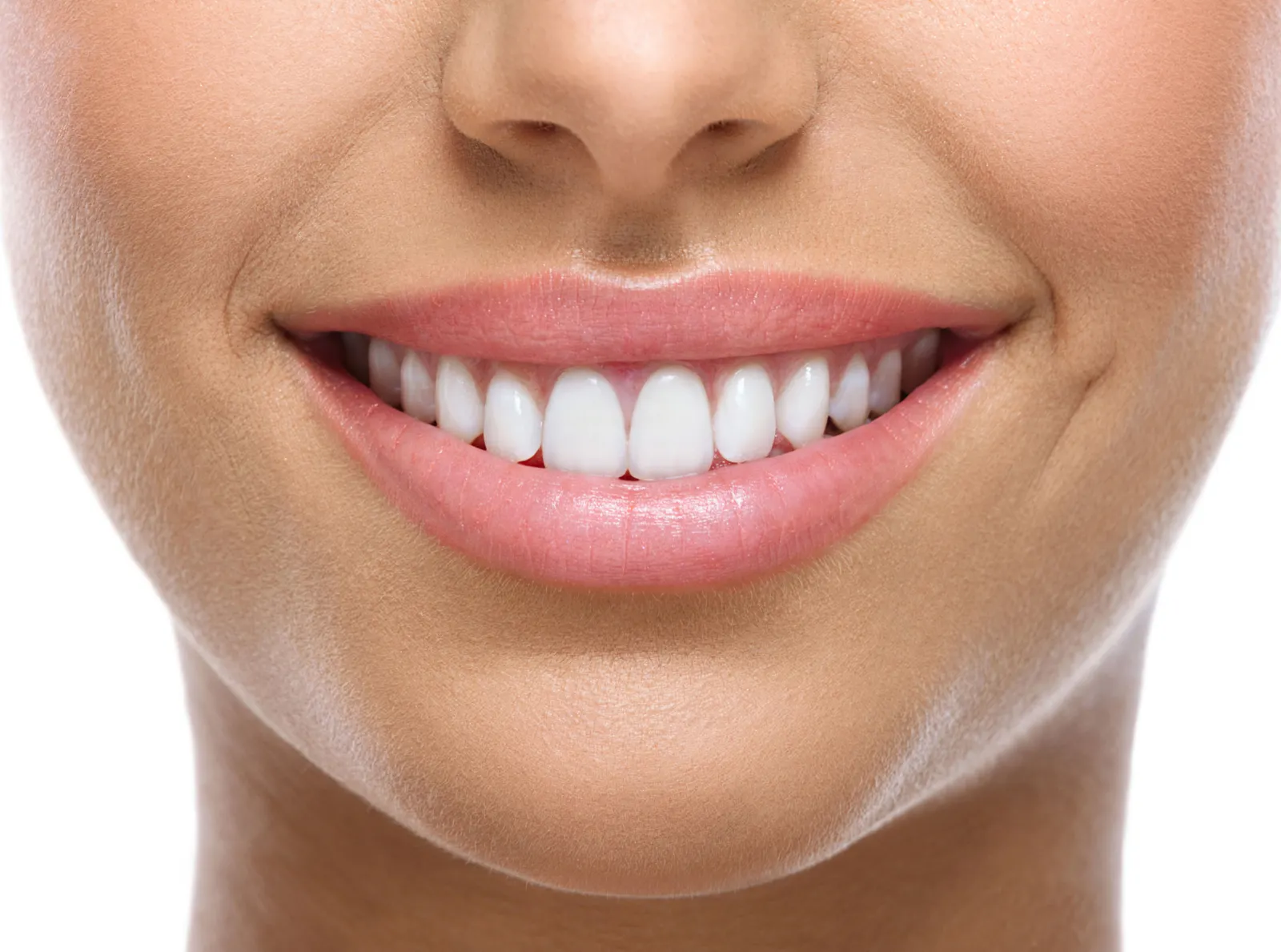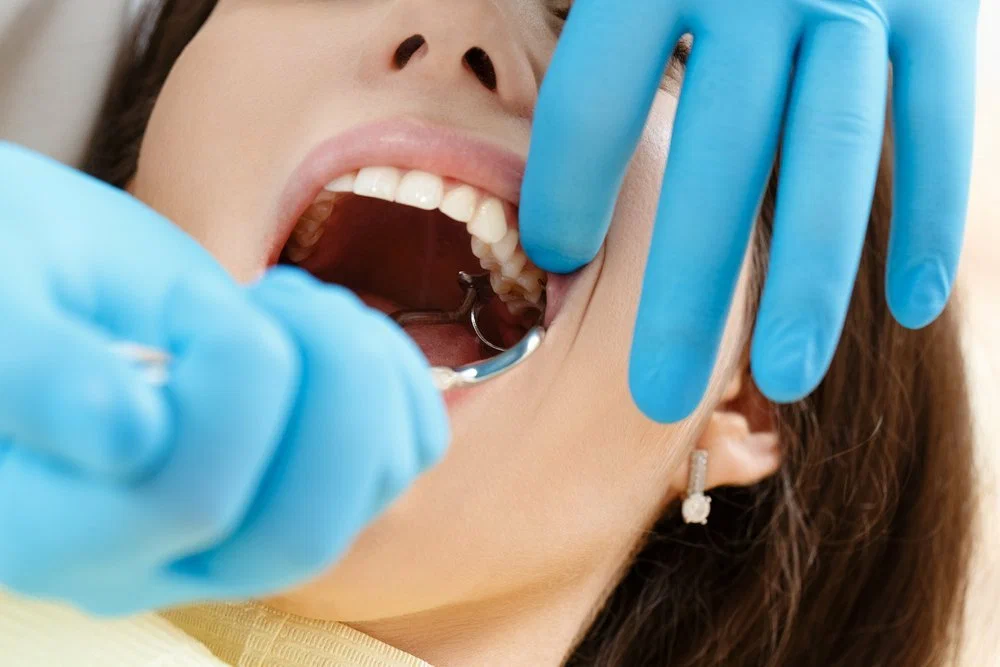The purpose of dental fillings helps restore the structure of the tooth and provide protection against further decay or injury.
The average cost of a filling is $145 to $191, according to the American Dental Association 2020 Survey of Dental Fees.
However, depending on the size and location of your cavity, the type of filling material, and other considerations, the price might vary from $104 to $472.
What Is a Dental Filling?
The aim of a dental filling is that it is a restorative procedure that repairs a tooth damaged by decay or cavities. Moreover, it involves removing the decaying area of the tooth and replacing the empty space with an appropriate substance. So, this would help restore the tooth’s function and prevents further decay.
Types of Fillings
- Composite fillings
- Silver amalgam fillings
- Gold fillings
- Porcelain fillings
What Are the Factors Affecting the Cost?
On average, the dental filling front teeth cost can range from $100 to $500 per tooth. However, keep in mind that this is just a general estimate and it can vary at different clinics.
Type of Filling Material
The type of filling material you choose can impact the cost. Composite fillings, made of a tooth-colored resin, tend to be more expensive than silver amalgam fillings. Moreover, gold and porcelain fillings are typically the most expensive options due to the materials used and the level of expertise required for placement.
Size and Complexity of the Cavity
The size and complexity of the cavity being treated can affect the cost. Larger or more extensive cavities may require more filling material and additional time and skill to restore. Hence, leading to a higher cost.
Location of the Tooth
The location of the tooth in your mouth can influence the cost. Teeth that are more visible or easily accessible may require extra care and precision during the filling procedure. Moreover, which can contribute to a higher price.
Geographic Location
The cost of dental services can vary depending on the geographic location. Moreover, dental fees may be higher in urban areas or regions with a higher cost of living compared to rural areas. It’s always a good idea to research local dental practices or consult with your dentist to get a better understanding of the costs in your specific area.
Dentist’s Experience and Expertise
The experience and expertise of the dentist performing the procedure can affect the cost. Dentists with advanced training or specialized skills may charge higher fees for their services.
Dental Insurance Coverage
If you have dental insurance, the coverage provided by your plan can significantly impact your out-of-pocket costs. Furthermore, dental insurance plans typically cover a portion of the cost of dental fillings, but the coverage amount and limitations can vary. It’s important to check with your insurance provider to understand your coverage and any potential co-pays or deductibles.
It’s worth noting that the dental filling front teeth is an investment in your oral health. Ignoring or delaying treatment for tooth decay can lead to more extensive and costly dental procedures in the future, such as root canals or crowns. Moreover, regular dental check-ups and prompt treatment of cavities can help maintain your oral health and potentially reduce long-term costs.





